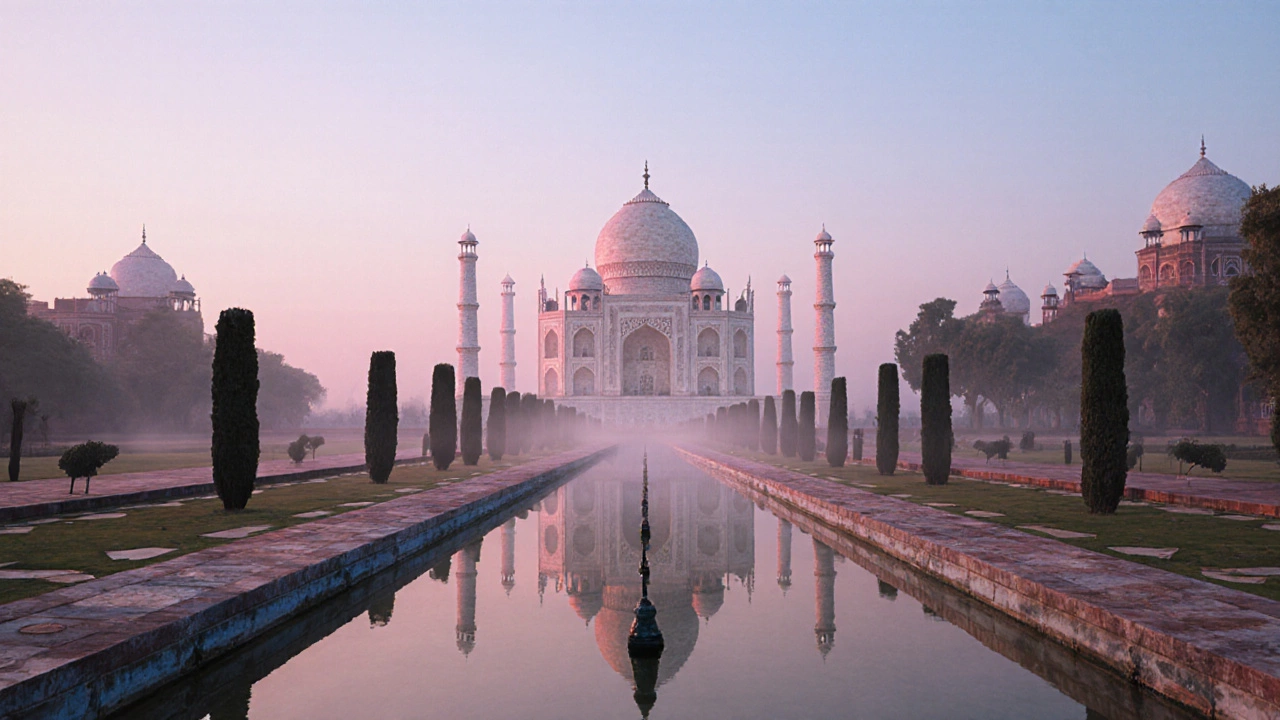Agra Fort: History, Secrets, and Why It Matters More Than You Think
When you think of Agra, you probably picture the Agra Fort, a massive red sandstone fortress built by the Mughal emperors that once housed royalty, wars, and secrets. Also known as Red Fort of Agra, it’s not just a backdrop to the Taj Mahal—it’s the real heart of Mughal power in India. While the Taj draws millions for its beauty, the Agra Fort is where emperors ruled, plotted, and sometimes spent their last days in captivity. It’s a place where history doesn’t sit still—it echoes in its courtyards, tunnels, and palace windows.
And it’s not just about the fort itself. The Taj Mahal, the world-famous marble mausoleum built by Emperor Shah Jahan for his wife Mumtaz Mahal sits just 2.5 kilometers away, visible from the fort’s upper balconies. That’s no accident. Shah Jahan designed the fort to be his throne room—and the Taj, his final view. The two aren’t separate attractions; they’re parts of the same emotional and political story. Then there’s the Mughal architecture, a style blending Persian, Indian, and Islamic design that turned stone into poetry. You see it in the jali screens that let air flow but kept eyes out, in the marble inlays that cost more than some kingdoms’ treasuries, and in the water channels that cooled palaces without electricity.
Most visitors rush through Agra Fort in two hours. But if you slow down, you’ll find the prison cells where Shah Jahan was locked up by his own son, the Diwan-i-Khas where nobles whispered secrets, and the Musamman Burj where he watched the Taj every sunset. This isn’t just a tourist spot—it’s a monument to love, betrayal, and the cost of empire. You’ll also notice how it connects to broader Indian heritage: it’s part of the same UNESCO World Heritage cluster as the Taj, and it shares design DNA with Delhi’s Red Fort and Lahore’s Shalimar Gardens. It’s not just old stone—it’s the blueprint of a civilization that still shapes how India sees itself.
What you’ll find in the posts below isn’t just facts about walls and gates. You’ll get real stories: why the Taj is called India’s No. 1 historical site even though the fort came first, how Jaipur and Agra both claim the title of heritage city, and why some travelers miss the real magic of Agra by only chasing the Taj. Whether you’re planning a trip, comparing costs, or just curious about India’s past, these articles cut through the noise and show you what actually matters.
- Nov, 1 2025
- 0 Comments
The Taj Mahal stands as India's most beautiful historical place-not just for its marble grandeur, but for the deep love story behind it. A masterpiece of emotion, symmetry, and craftsmanship, it draws millions each year to witness its quiet, timeless beauty.
More